-
Content count
10,544 -
Joined
-
Last visited
-
Days Won
100
Posts posted by C T
-
-
On 02/10/2022 at 3:14 AM, Mark Foote said:nyah nyah nyah-nyah nyah
na na na, hey hey, goodbye
Listen to me now!
Listen to me now
The manatees are asleep
Let us talk gently
-
 3
3
-
-
-
-
-
-
-
-
16 hours ago, liminal_luke said:As someone who occasionally experiences cravings (ahem), I'm interested in this idea. Would you be willing to expand on how to harness the energy of cravings for spiritual development?
In my experience and from the teachings I've gathered, summarily, it begins with insight into the true nature of cravings (or desire) - to essentially understand the energetic components that lie at the core of desire, and subsequently, when understood, to apply certain structured techniques whereby those components are aligned and harmonised at the root ( basis).
It'd be folly to describe the approach and techniques I use since they are rather unique to my own development. This is also to avoid the "my method is better than yours" pitfall - something I've come to learn on TDB lol. Thru many trials and errors at that.
But resources abound across many traditions, and one simply need to do some homework to access pertinent info. I'd recommend to first look at the subject of craving and desire and how these manifest as obstacles, and maybe try to mentally work the process backwards.
There's a useful pdf entitled "Desire the tantric path to awakening". Do give that a read.
-
 2
2
-
-
Shechen Gyaltsap on Mahamudra and Dzogchen: Milarepa says, “If on the inconceivable you know how you might meditate, the blade of your defilements rusts, its keenness gone (means if one meditates correctly, one’s defilements will lose their power to inflict harm on oneself). But if you think, reflecting overmuch, however you may meditate, you're in delusion’s snare.”
As one rests naturally and without any contrivance, without any distraction and without purposefully meditating, in the mind’s fundamental nature, in which appearance and emptiness are inseparably united, one will come to the realization that the mind’s stillness and movement have the same undivided nature. It is the very nature of the mind, luminous and empty, naked and uncontrived; it is coemergent, primordial wisdom.
- Because appearances and the mind are inseparable, as in the example of the water and the moon reflected therein, when manifold phenomena are understood to have the same taste, the path —the meditation of Mahamudra (The Great Seal) is accomplished.
Then one watches this uncontrived, fundamental nature (the indivisible union of luminosity and emptiness). When the state of great equality (where neither appearance nor awareness is identifed as such) is determined, not as some kind of inert object but as primordial purity, unborn, aware, and empty, this is the result, the primordial state of openness and freedom. —It is the realization of the Great Perfection (Dzogchen) practice of “cutting through” (Trekcho).
- In the Great Perfection, when one comes to the clear conclusion that the nature of the mind, or awareness, is unborn, one comes directly onto it and consequently there is not much room for intellectual activity and deviation from the fundamental nature.
-
Jamgon Mipham explains that samsara arises from the confused attitude of clinging to the true existence of things. This confusion is defiled, and that from ignorance, attachment and the rest derive. By understanding the principle of dependent arising, all these defilements are overthrown.
This much is established as being the general Buddhist tradition. In all the sutras and shastras, the label “defiled” is certainly applied time and again to the ignorance of not understanding the suchness of things.
Nagarjuna and his heart son Aryadeva have asserted that there is one single and final vehicle established through the wisdom that realizes suchness. Nagarjuna’s Yuktisastika says, “When you accept that things are real, wanting and aversion spring unendingly; Unwholesome views are entertained from which all disputes come.”
Aryadeva’s Catuhsataka says, “Samsara’s seed is consciousness, objects are the field of its activity. If thus you see that in the object there’s no self, samsara’s seed will be arrested.” As said in Chandrakirti’s Madhyamakavatara, “To dissipate the veils of ignorance—no other means is there than knowing suchness. Suchness of phenomena admits no fraction or division. The subject, mind, that knows it so is likewise undivided. And thus the Buddha taught us with a single matchless vehicle.”
Shantideva’s Bodhicaryavatara says, “It is a craving that arises through the circumstance of feeling, and feeling, this they surely have. Concepts linger still within their minds; And it is to these concepts that they cling. The mind that has not realized emptiness may yet be halted but will once again arise, just as from a nonperceptual absorption. Therefore one must train in emptiness.
(Book: The Wisdom Chapter)
-
 2
2
-
 1
1
-
-
Jamgon Mipham on Yogis:
Just as food brings growth to the body while delighting and satisfying it, likewise, yogis, through the experience of pleasure free from desire, bring increase to the body of realization. The meaning of this is that yogis play and toy with the objects of their feelings, realizing that the latter have no real existence. The contemplation or meditation on the unreality of feelings, arising from such a rich field of analysis, is the food enjoyed by yogis. Worldly people, on the other hand, race into the objects of their feelings and are lost in them.
Pleasure and so on arise by virtue of one’s thoughts. There is no such thing as a sensation that is intrinsically pleasant or otherwise. Therefore to consider that so-called pleasure and pain exist in and of themselves, and to strive purposely to gain the one and avoid the other, is a delusion.
Aside from the imputations of pleasure and pain by the mind itself, there is no such thing as self-subsistent pleasure and pain, whether inside, or outside, the mind. This can be exemplified by the effect of melted butter on a hungry person as compared with someone who is sick and nauseous, or the effect of a heap of manure on a person obsessed with cleanliness as compared with a pig, or the effect of a woman on a lustful man as compared with one who is meditating on the body’s impurities.
The remedy for clinging to pleasure and the other feelings as though they were real, and the chains of thoughts connected therewith (wanting this, not wanting that) is to familiarize oneself through meditation to analytical investigation. Apart from this, there is no other antidote to grasping at the supposed reality of feelings, something that convulses the world with a kind of collective insanity.
-
 2
2
-
-
MINDROLLING KHANDRO RINPOCHE
"[...] At the end of the Heart Sutra,
I remember my teacher would always say:"What is seen is seen, but never pursued.
What is heard is heard, but never pursued.
What is smelled is smelled, but never pursued.
What is tasted is tasted, but never pursued.
What is thought is thought, but never pursued......The whole point of the dharma is to hone and strengthen the potential you have as a human being. You have the potential to have a good life and to make that good life the basis of goodness for others. If you accidentally bump into something called enlightenment in the bargain, that’s also good. Keep this in mind."
-
 2
2
-
 1
1
-
-
On 11/08/2022 at 4:21 AM, steve said:hypnotic escape
then return to this moment
in vibrant presence
In vibrant presence
fortified with vitamins
repel mosquitoes
-
 1
1
-
-
On 06/08/2022 at 11:56 PM, Bull said:happy horsies played
with a friend of Dorothy
in gay abandon
in gay abandon
the whirling dervishes spin
hypnotic escape
-
 2
2
-
-
Inner Heat (Tummo)
Tummo, meaning inner fire, is a Tibetan buddhist practice that utilizes specific breathing, movements and visualizations to enter a deep meditative state that increases inner heat and awakens natural wisdom.
According to Tulku Lobsang, Tummo is the transmutation of negative energies into wisdom. Central to Tummo is Inner fire, bliss and pure awareness. To have pure awareness, Rigpa, you need bliss - and to have bliss, you need fire. To discover your pure awareness is the ultimate goal, which we call liberation or enlightenment.
The source of the fire comes from life itself. The first fuel is to open body to love people - for if you do not, it becomes cold.
The second fuel is to love the opposite sex, or the same sex, if that is your cup of tea.
The third fuel is having a good relationship with your sexual energy - in other words, sex is seen as holy, instead of sinful and dirty. To have a negative relationship with these fuels means to keep your body ‘cold’.
Tummo is a way to open up your body, but before we do that - Tulku Lobsang suggests to open up of hearts first, lest we are unable to control the tremendous power of the body. To open our hearts, he recommends practicing compassion, kindness, and Bodhicitta, the awakened mind.
— Paraphrased from Lyudmila Klasanova’s “Inner-fire meditation" with Tulku Lobsang Rinpoche
-
 2
2
-
 1
1
-
-
The Precious Treasury of the Fundamental Nature (cont'd)
"The Oral Lineage says, “You know how to meditate but not to gain your freedom, how then do you differ from a god sunk in samadhi? And without sharp clarity of deep insight, even certain animals can stay in calm abiding.”
If at the present time, one does not have a clear conviction—gained by maintaining a natural meditative absorption—in the empty, luminous awareness of the inner ultimate expanse, the fundamental stratum of primordial purity, the mind will continue in its ordinary courses.
And though it may be stabilized through the practice of calm abiding, it will not gain freedom subsequently in the expanse of the primordial ground.
Moreover, if one fails to achieve freedom in the expanse of the mother luminosity of the ground, then no matter how much one trains in calm abiding devoid of thoughts or in a tightly contrived meditation hidebound with attitudes of adopting and rejecting, of affirming and negating, one will achieve no more than birth in the celestial abodes of the higher realms. One will never accomplish liberation in the place of everlasting freedom.
This is why right now in the present, it is important to be convinced and certain of the kind of concentration where one naturally rests in the inner pristine expanse - empty, luminous, and unobstructed."
-
On 31/07/2022 at 3:49 PM, Bull said:precious few moments
to view the full moons splendour
seen and forgotten
seen and forgotten
shenanigans in the barn
happy horsies played
-
Furthermore...
Longchenpa: "Some dumb (ignorant, egotistic) oxen these days claim to practice Ati, they say that moving thoughts are the enlightened mind. These fools are in great darkness, far from the Natural Great Perfection.
If they do not know how the creative power differs from that which comes from this creative power, how can they know the enlightened mind?
Regarding the creative power of awareness, when, in brief, the appearance of an object arises bright and clear within awareness—like a reflection in a mirror—the creative power of cognitive potency is the kind of naked, limpid knowing that does not actively cognize objects. A creative power of this kind is necessarily unceasing.
When the creative power arises and awareness does not move from its fundamental stratum of luminosity, the act of knowing does not stray into the object. The creative power is only spoken of from the point of view of its unceasing manifestation. In fact, creative power and awareness are not two separate things.
An act of knowing that strays into the object of creative power is explained as the display of that creative power. This, on the other hand, is not self-arisen primordial wisdom, because unless it is restrained by skillful means, it will produce karma and defilement, which lead to samsara.
Moreover, this detecting and discerning act of knowing does not go beyond the samsaric state conditioned by an apprehender and an object to be apprehended."
-
 2
2
-
-
Longchenpa ~ The Precious Treasury of the Fundamental Nature
"Without a point of reference thinking “It is this,” Yogis are enveloped in an all-pervading vastness. For them phenomena are all exhausted, the ordinary mind is passed beyond. And for such Yogis what a joy this is, a joy that is a seamless state of dharmata!
In this, the Yogis of the past, the future, and the present time are merged with the single ultimate expanse of wisdom mind. The realization of such Yogis equals that of Buddhas and Vidyadharas.
You reach a clear conviction that awareness—self-cognizing, open, unimpeded, free of all appearance, beyond all concentrated meditation on an object, devoid of all conceptual construction—is the state wherein phenomena are all exhausted. They are all exhausted in awareness. Awareness, too, as a phenomenon, itself comes to exhaustion.
“Exhaustion,” “non-exhaustion”—Yogis understand them both to be unreal. They are convinced beyond all doubt that things transcend existence, nonexistence, definition, and expression.
A clear conviction thus is reached that phenomena transcend all names. Such is the fundamental nature of the natural great perfection."
-
QuoteSpring Tides
The phases of the moon also affect tides. When the moon is at its full or new moon phase, high tides are at their highest, while low tides are lower than usual. Called spring tides, these tides occur when the sun, moon and the Earth all line up. The added gravity of the sun can make the oceans bulge more than at other times.
Full/new moon has an effect since we're mainly made up of liquidy stuff. This effect needs to be nurtured and then harnessed for various objectives, as with most other practices. It'd be naive to take Drew's words at face value by assuming one can miraculously reap exponential meditative energies during certain lunar/solar phases without prior preparatory knowledge enjoined with cumulative practices pertaining to such an endeavour. There better not be anything fickle in spiritual cultivation, especially if its got to do with tapping into higher energetic dimensions.
-
 1
1
-
-
10 minutes ago, Bull said:whats good and whats bad
the wise man needs nobody
to teach him of this
to teach him of this
let him first taste the Zen Stick
eehee! wasabi!
-
On 28/05/2022 at 8:43 AM, helpfuldemon said:Sometimes I dream as if I am watching myself go through the motions of the dream. Sometimes I am someone else. Usually the dream defies natural laws, but sometimes it's very straight on real.
It's more real than this apparently solid, physical world with its finite possibilities and horrendously short lifespan.
-
Maybe only your physical body is limited by natural laws. You have other bodies too, and they aren't bound by the same laws that govern the physical world. I suppose saints are no exception. If they're seen levitating, I'm guessing that's probably one type of bliss body manifestation. This will not be apparent to everyone witnessing the feat. In vajrayana circles, say in the presence of a realised master, only advanced practitioners will palpably perceive the master's light, or rainbow body. Neophytes won't see it, but their innate buddha-nature will sense something positive and that's what draws them to the master. Ask them why, and there'll be all sorts of answers... with most missing the real cause.
-
“Form do not disappear when realising emptiness”
Emptiness is nothing if not form, and form does not disappear when all things are seen as spaciousness, for that would imply a contradiction to the constantly emphasized premise in Mahayana Buddhism that there is no transcendental identity outside the sensual realm, the realm of ordinary consciousness.
To say that all things are conceived of emptiness does not imply that the visual sense ceases to function. Rather it implies that noetic spaciousness of the perceived coincides with the inherent spaciousness of the perceived. All phenomenal appearances are like a hologram where the knower and the known, “self” and “other”, become unified.
This leads to the great mystery of Mahamudra. This mystery can be conceived as a two-in-one Union where both unity and duality become one simultaneous and continuous peak experience.
The sexual analogy of lovers achieving a sense of complete oneness while still in their individual bodies is probably the best if not the only image we have that can express this paradoxical mystery.
(Extracts from Legends Of The Mahasiddhas by Keith Dowman)
-
 1
1
-

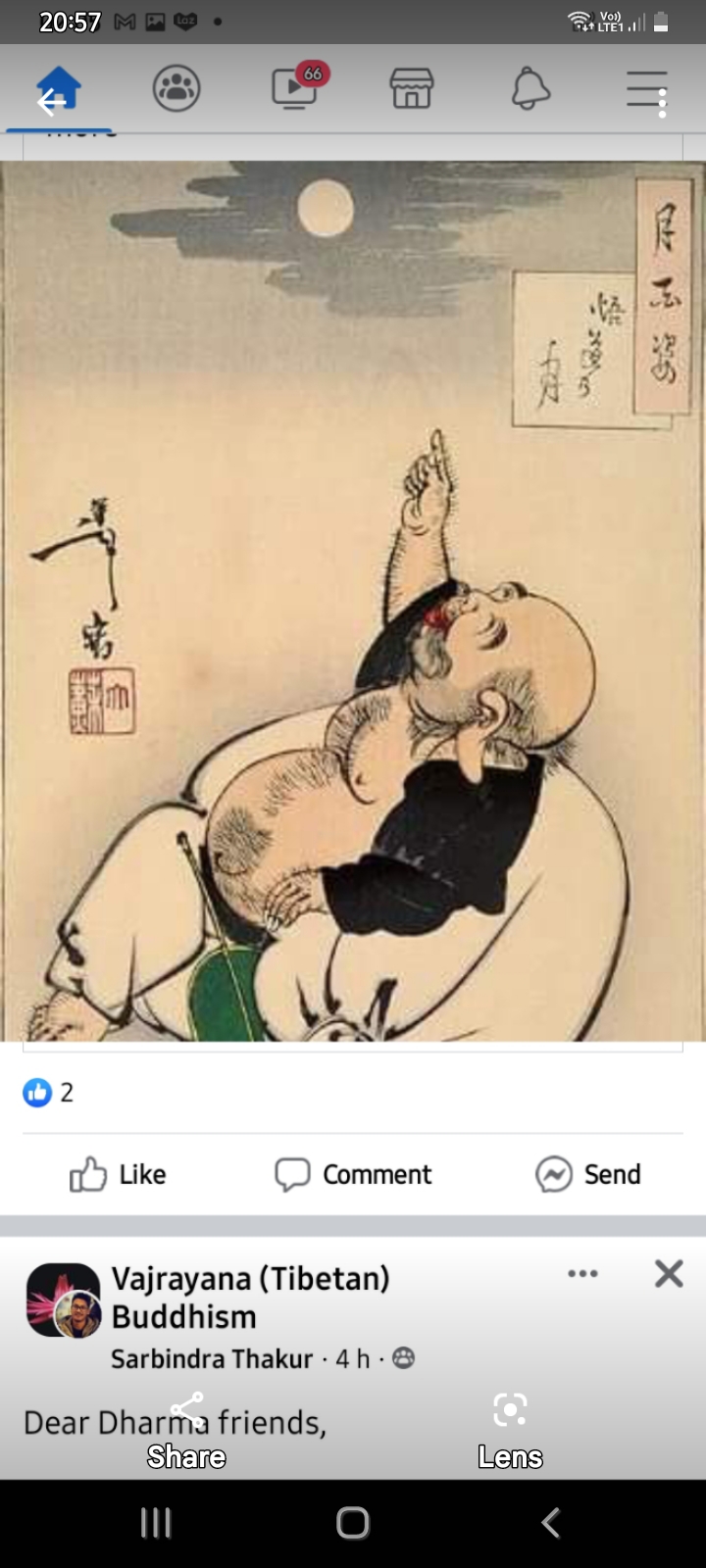

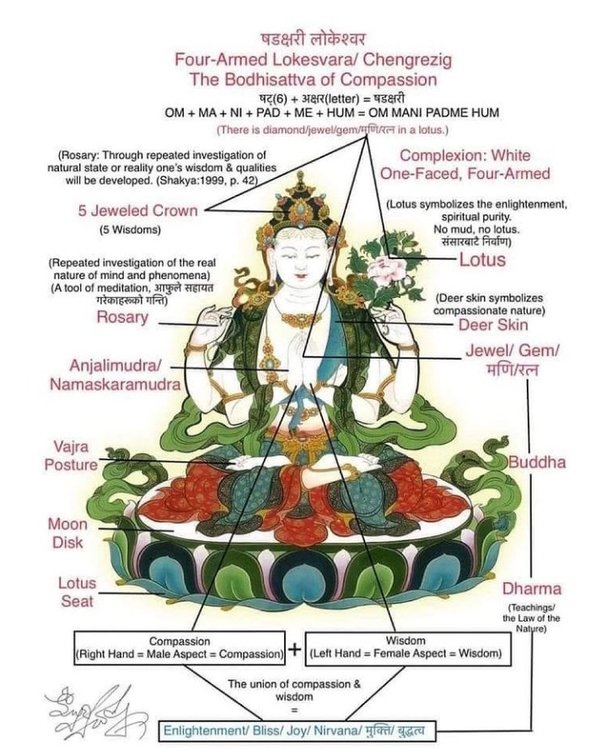


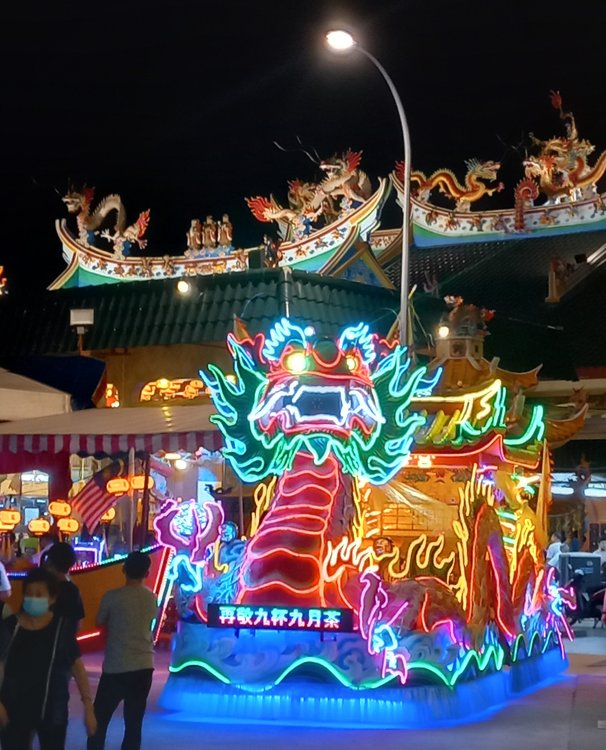

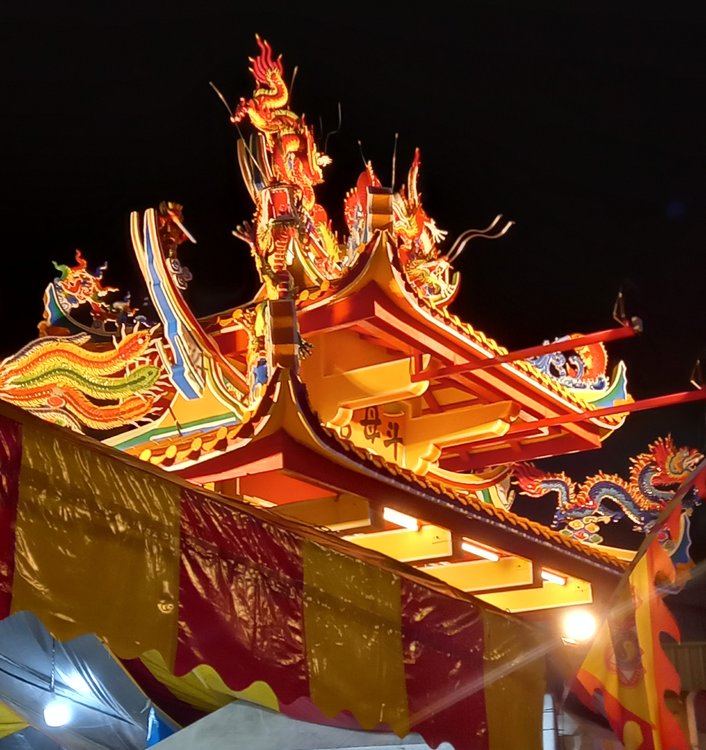
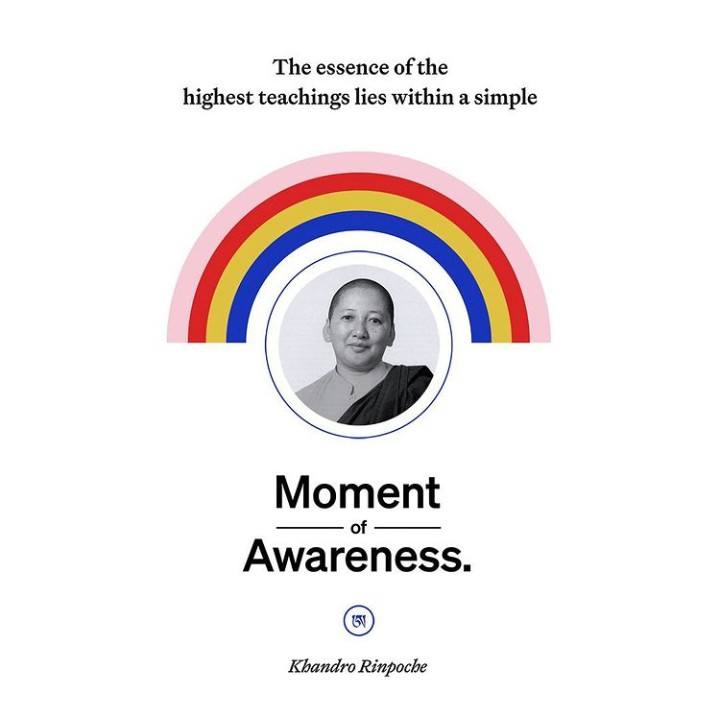

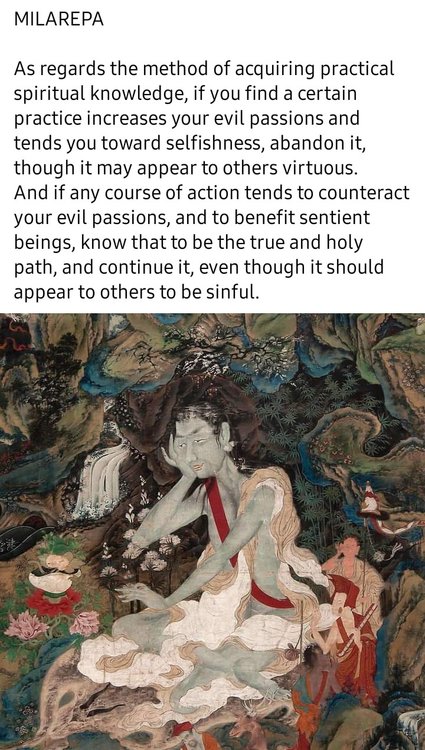
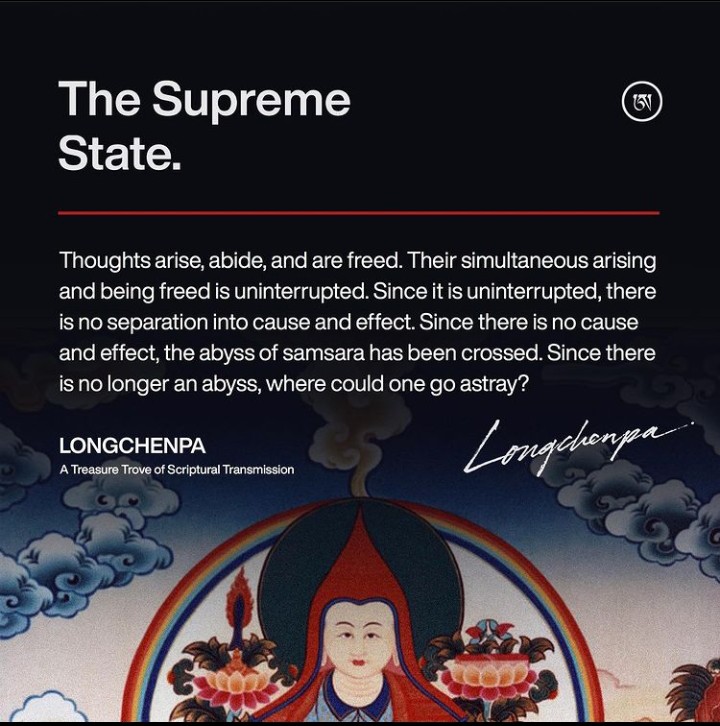
Seeing, Recognising & Maintaining One's Enlightening Potential
in Buddhist Textual Studies
Posted
BUDDHA SPEAKS
All those who clearly understand the fact that enlightenment is everywhere come to the perfect wisdom with a marvelous insight that all objects and structures, just as they are in the present moment, are themselves enlightenment, both the way and the goal, being perfectly transparent to the ineffable. Those who experience the ineffable, known as Suchness, recognise that all structures are radiantly empty of self-existence.
Those who attain perfect wisdom are forever inspired by the conviction that the infinitely varied forms of this world, in all their relativity, far from being a hindrance and a dangerous distraction to the spiritual path, are really a healing medicine. Why? Because by the very fact that they are interdependent on each other and therefore have no separate self, they express the mystery and the energy of all embracing love. Not just illumined wise ones but every single being in the interconnected world is a dweller in the boundless infinity of love.
***Prajnaparamita